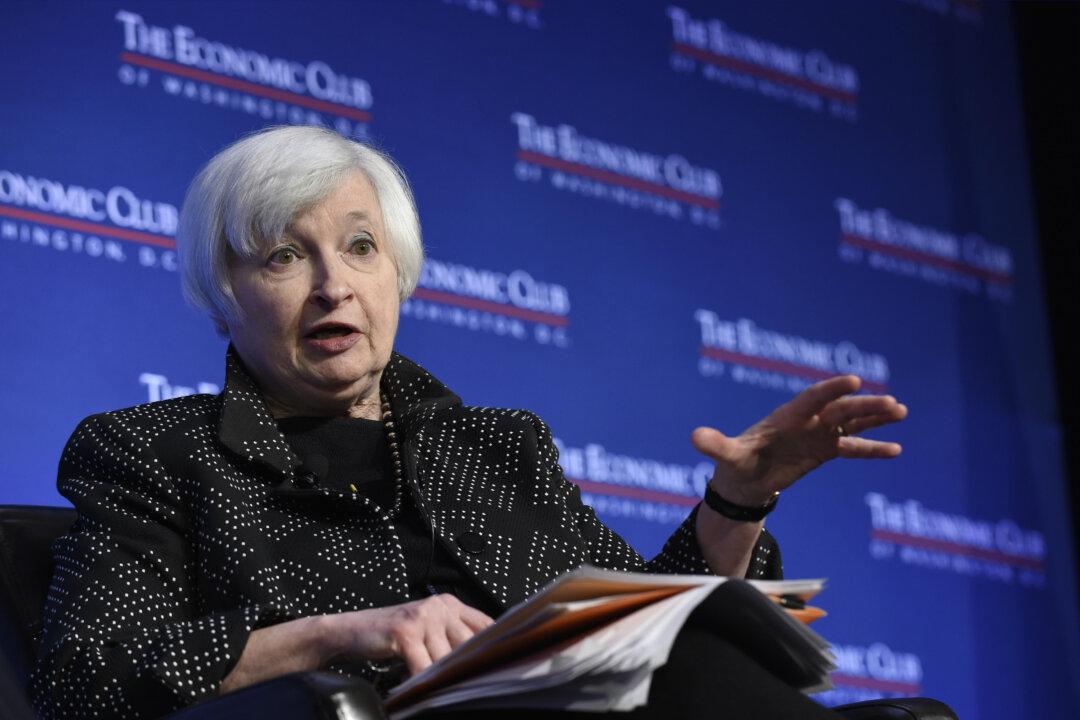WASHINGTON—If the Federal Reserve needed any final evidence that the economy is ready for higher interest rates, it got it on Friday.
A solid November job gain of 211,000 showed that despite weak overseas growth and struggling U.S. factories, the U.S. economy appears healthy enough to withstand a Fed hike from record-low rates later this month.
The unemployment rate remained at a low 5 percent in November for a second straight month, the government said Friday. More Americans started looking for jobs, and nearly all found them.
Average hourly pay rose, though modestly, and the government revised up its estimate of job growth for September and October. Employers have now added a robust average 213,000 jobs a month over the past six months.
The healthy jobs figures indicate that consumer spending is helping the economy surmount some lingering challenges. They include a strong dollar, which has made exports pricier overseas and squeezed U.S. manufacturers, and sinking oil prices, which have led drilling companies to slash orders for steel pipes and other equipment.
Even so, Americans are spending more on restaurant meals and on big-ticket items like cars and homes.
The U.S. economy “is strong enough to withstand an initial hike in interest rates from what were seen as emergency record-low levels,” said Chris Williamson, chief economist at Markit. “A December rate hike now looks to be in the bag.”





